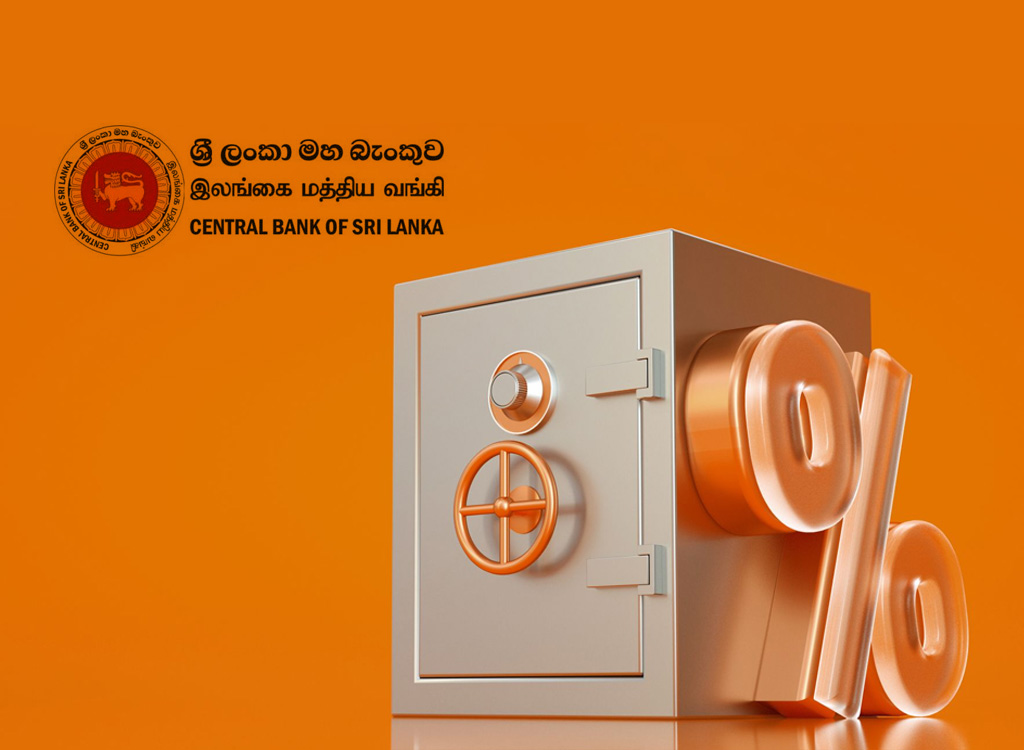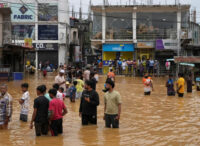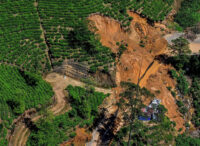Sri Lanka’s banking and finance sector may face increasing difficulty attracting deposits to fund credit expansion under the current low-interest-rate environment, the Central Bank of Sri Lanka (CBSL) has warned.
In its Financial Stability Review 2025, the CBSL noted that while both banks and non-bank financial institutions are showing signs of improved performance, key vulnerabilities remain.
Among them is the risk that deposit mobilisation may not keep pace with expanding credit demand, especially as excess liquidity in the system gradually declines.
Despite a recovery in credit activity driven by accommodative monetary policy and rising business confidence, private credit growth remains below pre-crisis levels.
The CBSL pointed out that the private sector credit-to-GDP ratio continues to lag, with the Credit Gap standing at 28.6% in the first half of 2025.
The banking sector saw a credit growth rate of 11.4%, while finance companies recorded a significant 35.1% expansion, largely through asset-backed lending secured by gold and vehicles.
However, the central bank cautioned that the quality of credit remains a concern, and called for close monitoring of stage 3 loan impairments and adequate provisioning to maintain sector resilience.
While capital adequacy and profitability are currently at stable levels, the CBSL emphasised the importance of maintaining capital buffers to guard against potential shocks.
The review concludes that although Sri Lanka’s financial system is showing signs of recovery, a cautious approach will be required to ensure stability amid evolving macroeconomic and credit conditions.











Leave a comment